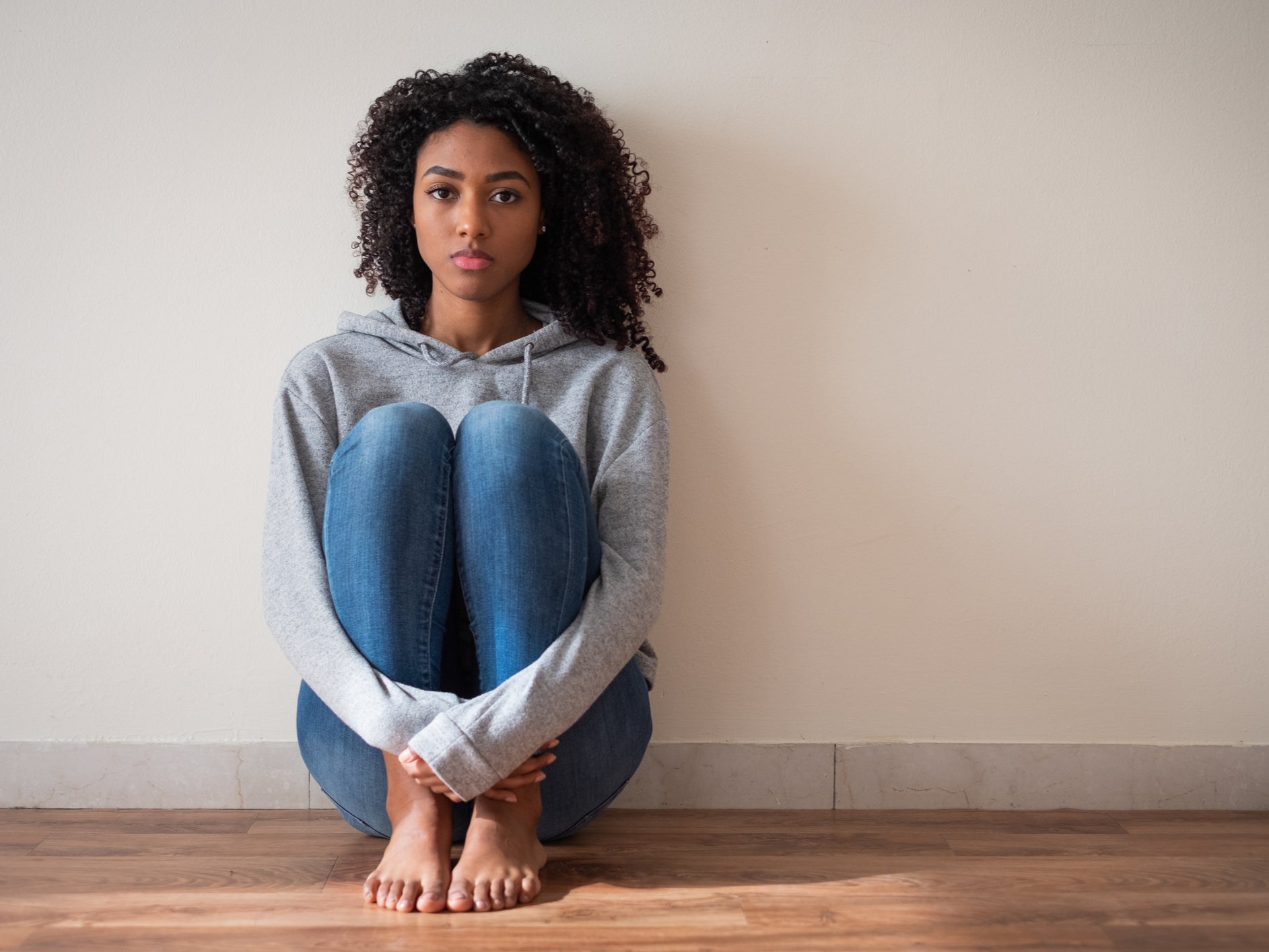A safe home is a right for every individual – just like the vaccine
Like Covid-19, the housing emergency has highlighted the entrenched inequality harming our country


Your support helps us to tell the story
From reproductive rights to climate change to Big Tech, The Independent is on the ground when the story is developing. Whether it's investigating the financials of Elon Musk's pro-Trump PAC or producing our latest documentary, 'The A Word', which shines a light on the American women fighting for reproductive rights, we know how important it is to parse out the facts from the messaging.
At such a critical moment in US history, we need reporters on the ground. Your donation allows us to keep sending journalists to speak to both sides of the story.
The Independent is trusted by Americans across the entire political spectrum. And unlike many other quality news outlets, we choose not to lock Americans out of our reporting and analysis with paywalls. We believe quality journalism should be available to everyone, paid for by those who can afford it.
Your support makes all the difference.Right now, 17.5 million people in Britain are impacted by the housing emergency. That’s one in three of us. When you also take children into account, that number rises to a staggering 22 million.
I wish I was surprised by the findings of Shelter’s new research, but I have been working on the charity’s national helpline for more than seven years. During that time, the housing crisis has escalated, and the coronavirus pandemic has only made things worse. Britain’s housing system was already stumbling, now it’s on its knees.
Every day, I speak to people who are frightened about what is going to happen to them and their families. Recently, I’ve taken calls from private renters who are terrified that the end of the eviction ban is looming – right through to a mum in temporary accommodation which has flooded with sewage, terrified that it will make her baby sick.
So how do we define the housing emergency? It’s millions of people living at the mercy of a housing system that is unaffordable, unfit and discriminatory. It’s a landlord who has refused to carry out essential repairs and fix dangerous hazards. It’s living in damp and mouldy conditions. It’s being stuck waiting for a social home for years. It’s being trapped in temporary accommodation for so long that the word “temporary” seems like a cruel joke. It’s investing your life savings in a flat covered in dangerous cladding, and now facing financial ruin. It’s a family forced to share one room. It’s rent so high that people have turned off the heating and gone without food.
All these scenarios are expressions of a housing emergency that has been building for decades, and the types of problems I deal with every day.
Since 2010, homelessness has doubled in England. Overcrowding is at its highest level since the mid-90s. The average private rent has risen by 29 percent in the decade since 2009 – but earnings have only risen by 18 percent. This means that almost half of private renters now need some form of housing benefit. Meanwhile, we have lost hundreds of thousands of social homes over the past two decades.
For the first time, Shelter’s research has shown how widespread discrimination is in our housing system. It shows that you are more likely to be denied a safe home if you’re Black, Asian, gay, disabled, poor or a single mum. Like Covid-19, the housing emergency has highlighted the entrenched inequality harming our country.
Again, I wish I was surprised. But some of the stories of the people I have helped to over the past seven years are painful symbols of this discrimination.
One young woman fled her home after suffering domestic abuse from her parents, in order to save her own life. Instead of securing her safe accommodation, the council told her that they wouldn’t help her because she was Asian so “surely she’d have another relative to accommodate her”, because “Asian families are big”. The fact she was fleeing familial violence made no difference.
Then there was the black social housing tenant who suffered years of almost daily racist abuse. It was so severe that she was terrified to leave her home, and her mental health deteriorated. The landlord did not see this abuse as a good enough reason to move her somewhere safe. One Asian man responded to an advert for a room to privately rent in a shared house. The landlord that he couldn’t have the room, because the other tenants “didn’t like the smell of curry”.
There are thousands of stories like these, and the bottom line is that the housing emergency is ruining millions of lives. It is inflicting untold damage and trauma to adults and children alike – and enough is enough.
The first mass social home building programme in England was driven by a 20th century health crisis. Good-quality housing was necessary for combating the spread of tuberculosis. A century later, another infectious disease has claimed over 100,000 lives in this country and repeatedly exposed the impact of not having enough safe homes. Building more social housing is the solution.
As vaccines roll out and the public mood lightens, we must not forget those still left behind: the 17.5 million who have endured the pandemic without a safe and secure place to call home. We need to start thinking about a safe home in the same way as a vaccine: a right for every individual, and vital for the overall health of our society.
Until then, Shelter will continue to fight for people who need a home.
Join our commenting forum
Join thought-provoking conversations, follow other Independent readers and see their replies
0Comments